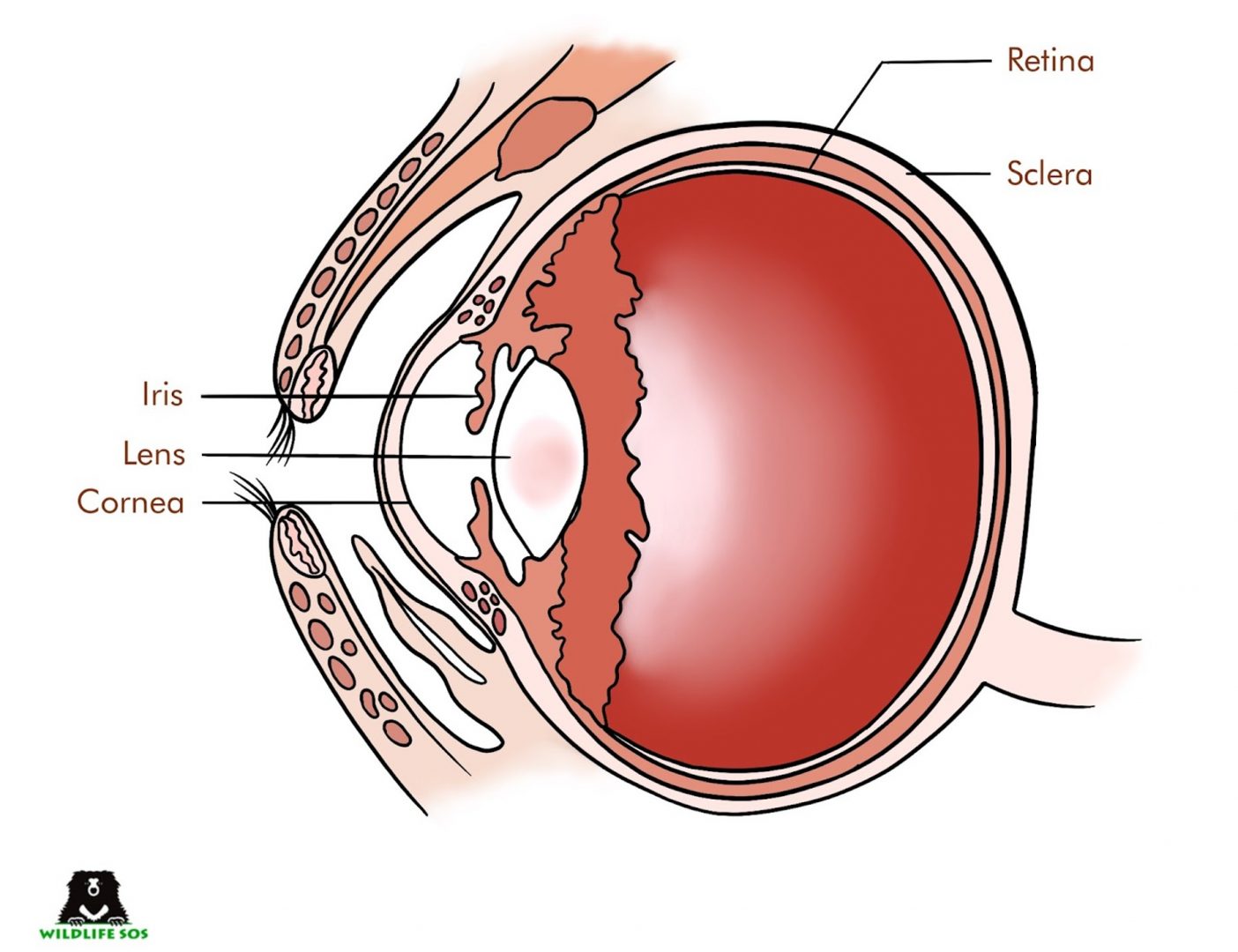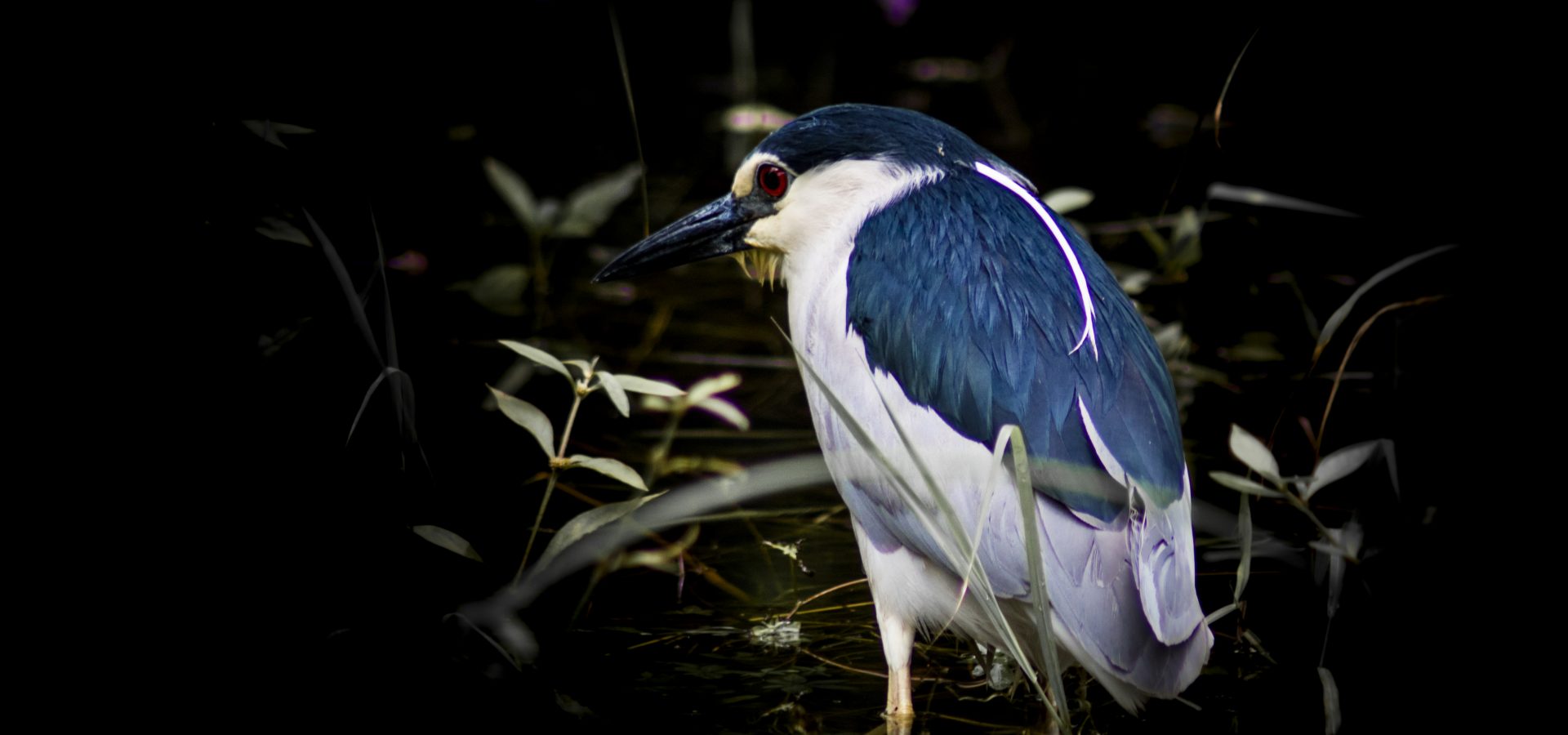Do you find yourself wondering what it would be like if we could see the world through animals’ eyes?
Picture this: you’ve arrived at a packed stadium to attend the concert of your favourite band. The vibe is brilliant, and so are the lights… but there’s a glitch. Given the number of people you’re surrounded by, you can barely watch the band members performing on stage! For an eagle however, watching such a concert would never dampen its experience. Perched at a height of, say, a nearby skyscraper, the eagle’s eye can clearly see the singer’s expression, track the movement of the guitarist’s fingers, and even get an uninterrupted view of the arena. In fact, the eagle is known to have a phenomenal vision that is four to eight times stronger than that of humans!
The sense of sight that animals have is an elemental feature that helps them survive the wild world. Their intriguing eyesight has led several wildlife enthusiasts to delve deeper into this subject. But before we take a closer look at how different animals see, let’s get to know what the basic structure of an eye is —
- Sclera: The sclera is the white part of the eye. It is the eye’s protective outer layer that provides structural support.
- Cornea: Positioned at the front of the eye within the sclera, the cornea is transparent and serves as the point where light enters the eye.
- Iris: The iris, a dark, muscular structure located behind the cornea, determines the eye’s colour and controls the amount of light entering the eye by adjusting the size of the pupil.
- Pupil: The pupil is a small aperture within the iris, and the iris muscles dynamically regulate its size. This adjustment allows the eye to control the amount of incoming light.
- Lens: Situated behind the pupil, the lens can become thinner to focus on distant objects and thicker for nearby objects. This shape-shifting action helps to precisely focus light onto the retina.
- Retina: The retina, a light-sensitive layer at the back of the eye, is composed of numerous nerve cells. It plays a vital role in converting the images formed by the lens into electrical impulses. These impulses are subsequently transmitted to the brain via the optic nerves.
- Optic Nerves: The optic nerves consist of two types of nerve cells: cones and rods.
- Cones: Cones are nerve cells highly sensitive to bright light and are essential for detailed central and colour vision.
- Rods: Rods are optic nerve cells that are more sensitive to dim light, playing a crucial role in peripheral vision.

Nocturnal animals
Many nocturnal animals have a reflective layer behind their retinas called the tapetum lucidum. This feature allows them to make the best use of limited light. When light passes through the retina, it bounces off this layer, giving the retinal cells a second chance to detect it. As a result, when exposed to the powerful beams of car headlights, the eyes of certain animals appear to sparkle. The colour you see in their eyes is due to pigmentation on the inner retinal layer.
Did you know that a certain species has eyes that are so big that they occupy over half their skull’s volume? Owls have large eyes that are tubular rather than spherical in shape, with a big lens located close to the retina. This arrangement enables for a great amount of light to register on the retina. While they can see at night, owl eyes lack flexibility in focussing. Their tubular shape doesn’t allow them to rotate in their sockets the way spherical eyes of humans do. Now you know why they can rotate their heads up to 270 degrees instead!
Birds
Most male birds have an eye-catching appearance to attract mates. Birds have great vision that helps them to decipher colours. In fact, birds are tetrachromatic, which means they can see four colours, whereas trichromatic humans see just three. While we see colours in three categories of blue, red, and green, bird species can view blue, red, green, and UV (ultraviolet) colours. This opens up a spectrum of colours that birds can identify that we as humans cannot. They can view the world in hues, unknown to human eyes, that paint the world as a masterpiece!
Reptiles:
The molecular biology of the eye for most animals, including humans, enables them to convert light into images. However, when it comes to snakes, some snake species have a pit organ that helps them to visualise infrared colours that are generated by heat. This, along with optical vision from light, helps them to track their prey.
An eye consists of two primary nerve cells, cones and rods, that are responsive to distinct light signals. Rods are specialised for detecting any visible light and transmitting these signals to the brain when activated. On the other hand, cone cells exhibit multiple variations, each attuned to a different colour of light. When a cone encounters light of the appropriate colour, it transmits signals to the nervous system for interpretation.
Human beings as well as different animal species have combinations of rods and cones in their eyes. Humans possess three types of cones, allowing us to perceive the colours red, green, and blue. Most reptile species possess four cones, with some even having five. This diversity in cone types gives reptiles the ability to perceive the full spectrum of colours visible to us, as well as a range of colours beyond human perception. In the case of those species with a fifth cone, they can even see ultraviolet A or UVA light, colours from which cannot be seen by humans.
Fascinating facts about how an animal looks at its surroundings can help us gain an understanding about their behaviour patterns as well. While birds use their vision to find food and avoid predators, some snakes also rely on UV rays to create a perfect picture of their potential prey. While we may never be able to view the colours that can be seen by other animal species, we can surely appreciate the profound beauty that nature possesses. Our curiosity has led us far to explore how an animal views their world. Let’s ensure we preserve their wild homes, just as they are meant to be seen.
To read interesting articles on wildlife, subscribe to our newsletter by clicking here!





